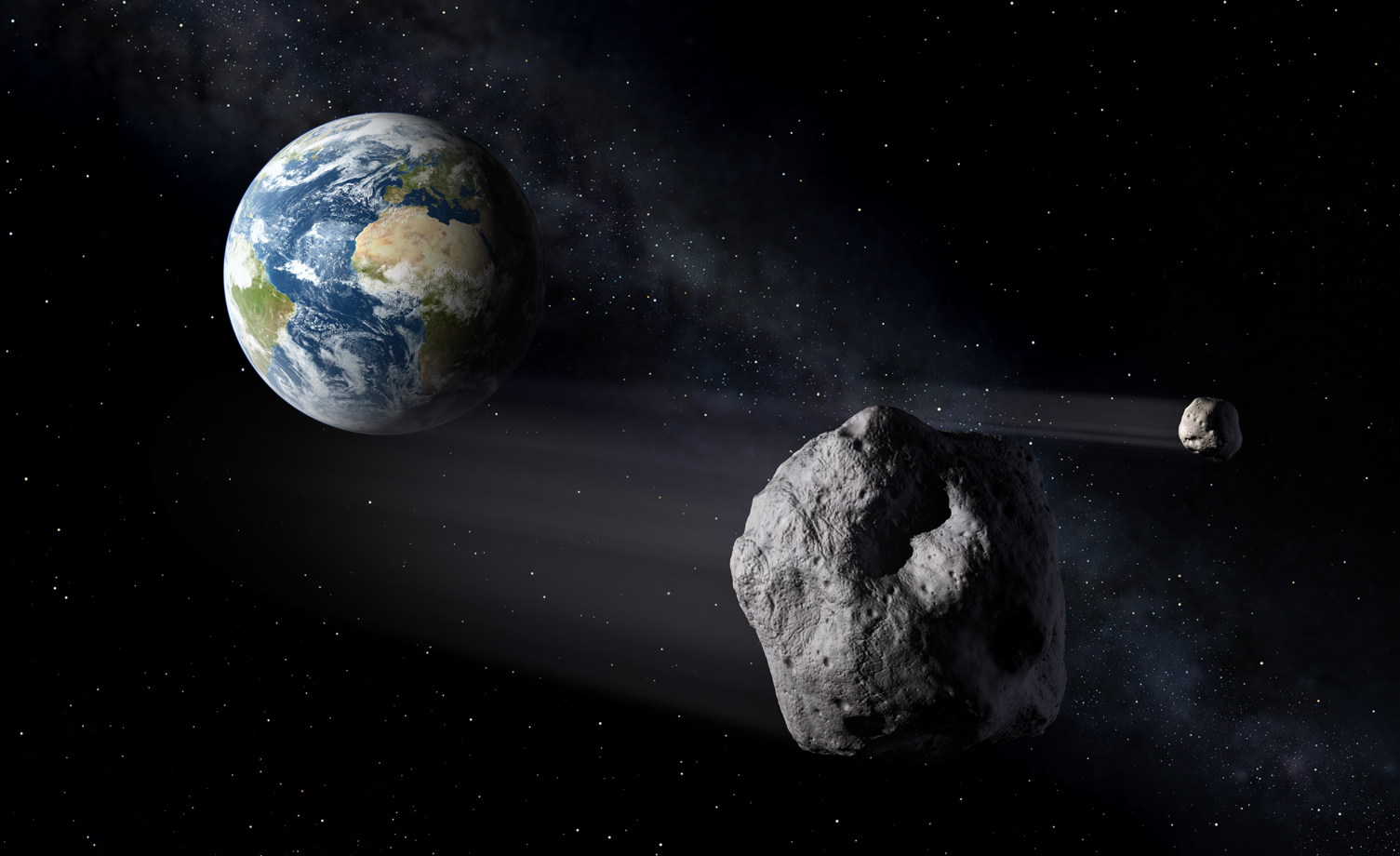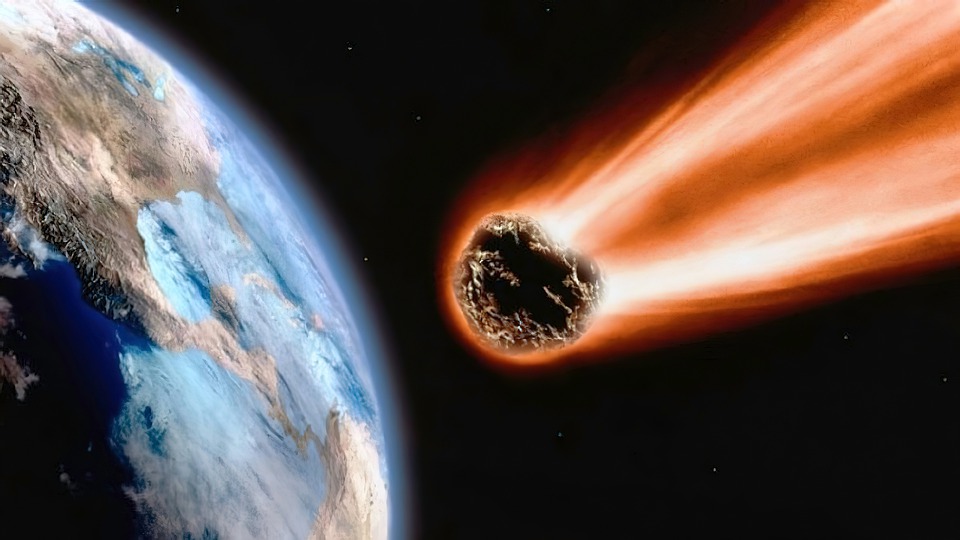Russian and American scientists, in a collaborative study, have proven a long-held theory that life was delivered to Earth from outer space through falling rocks. Meteorites and comets, made of metal and ice, also held chemicals that triggered the chain reaction to form organic cells.
The study discusses 4 to 5 billion years ago when the solar system was just a cloud of gas and dust. The first planets were beginning to form, and collisions of space rocks, asteroids, and comets were frequently bombarding an Earth that was taking shape.
Ironically, the fascinating discovery through scientific and academic collaboration comes when ties between Russia and the US are at their lowest.
Meteorites and comets transported intermediate chemicals that fostered the formation of biomolecules and, thereby, the conditions for cellular life forms. RIA Novosti reported this joint research between the University of Korolev Samara and the University of Hawaii.
The research is among many studies and experiments that have theorized this possibility over the decades. Their analyses arrived at the same indication by studying different aspects of the more significant phenomenon — violent collisions in space when planetary bodies were developing from the matter and dust left over from the formation of stars.
Life From Meteorites
The study by “astrophysicists” from Korolev Samara University, together “with American colleagues, theoretically and experimentally proved” the possibility of organic substances appearing in space. “They fell to Earth along with meteorites and created conditions for the development of life,” the report said, quoting a press release from Samara University.
Astrophysicists believe that early forms of life must have contained “biomolecules” in the form of “Ribonucleic Acid (RNA) and amino acids.” RNA is a sister molecule of Deoxyribonucleic Acid (DNA).
“Metal ions play a key role in stabilizing and copying RNA.” Cells in the current stage of evolution use particular proteins to transport ions across membranes, but they are too large and complex and could “hardly have existed at the time of the first protocells.”
What The Space Rocks Carried
According to the scientists, these ions could be transported in the first cells with the help of “chelating agents” that arose in interstellar ice in space and fell along with meteorites to Earth. Chelating agents are commonly used in various detergents, washing powder, shampoos, cosmetics, and restoring archaeological finds, as they easily remove rust.
“The scientific significance of our research is that, for the first time, organic chelating agents were obtained in interstellar ice analogs. According to many scientists, chelating agents were essential for the existence and development of the first biological protocells,” said Associate Professor Ivan Antonov of the Department of Physics at Samara University.
“These substances facilitate the transfer of metal ions through the cell membrane, and thus, they could participate in the catalysis of RNA replication. This means copying RNA data and dividing ancient protocells,” Ivan Antonov, one of the study’s authors, said.
The university clarified that the theoretical part of the study was carried out at Samara University and the experimental part at the University of Hawaii in the US. Antonov noted that “calculations and experiments” reliably indicated that “complex organic matter formed inside interstellar ice in deep space.”
“This fundamentally expands knowledge about the achievable level of molecular complexity of organic molecules in space,” Antonov added.

The practical and experimental parts of the study being split between Samara University and the University of Hawaii can be explained by the latter’s renowned specialization and laboratory for studying ‘meteoritics.’
Its School of Ocean and Earth Science and Technology (SOEST) describes its aim to answer “questions about the origin and composition of the building blocks of our Solar System.” A significant component is “understanding planetary evolution and exploring the processes linking the distribution of water and life in the Universe.”
Other Studies Indicating Space Rocks Carried Life
Scientists have long studied the impact of sizeable interstellar matter on Earth and its effect on the evolution of life. The University of Hawaii was involved in a 2013 research with the University of California, Berkeley.

They showed that “conditions in space are capable of creating complex dipeptides – linked pairs of amino acids – that are essential building blocks shared by all living things.”
The molecules brought to Earth by a comet or meteorite “catalyzed the formation of proteins (polypeptides), enzymes and even more complex molecules, such as sugars, that are necessary for life.”
In 2021, Japanese scientists led by astrochemistry Professor Yasuhiro Oba from Hokkaido University uncovered evidence of various compounds needed for DNA or RNA from three different meteorites that landed on Earth in the last eight decades.
Oba and his fellow scientists said, “A diverse suite of exogenous meteoritic organics, including nucleobases, may have been delivered to the early Earth during the late heavy bombardment period.” This was 3.8 to 4 billion years ago.
The researchers studied the Murchison meteorite, which fell in Australia in 1969. The second was the Lake Murray meteorite, which fell in 1933 and was found on a farm in Carter County, Oklahoma. It is the fifth-largest meteorite found on Earth.
The last meteorite used was the Tagish Lake meteor, which fell on a frozen lake in the middle of winter in north-western British Columbia in Canada on January 18, 2000.
- The author can be reached at satamp@gmail.com
- Follow EurAsian Times on Google News




